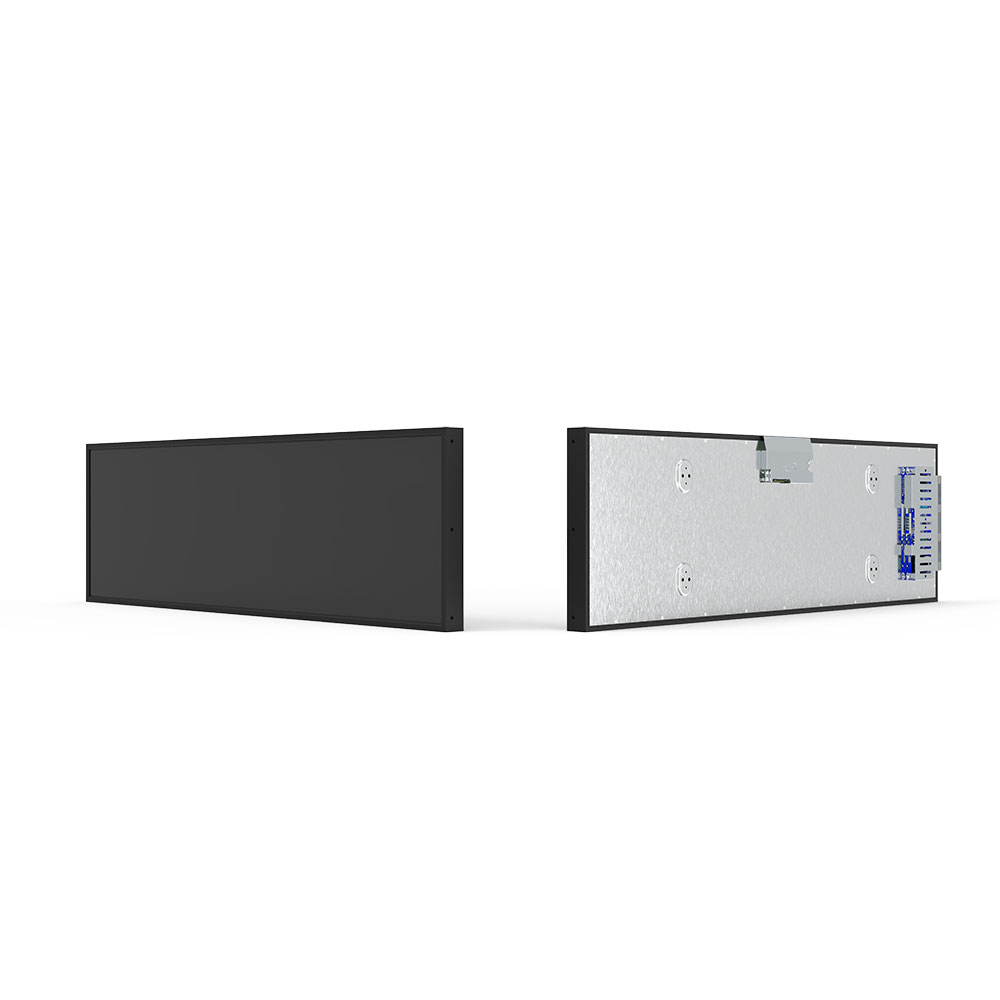- Home
- About Us
- Products
- News
- Video
- Contact
- Send Inquiry
Search
- Home
- About Us
- Products
- News
- Video
- Contact
- Send Inquiry

When integrating outdoor LCD displays into industrial equipment, overseas manufacturers and distributors must prioritize durability, visibility, and long-term reliability under extreme environmental conditions. Unlike indoor displays, outdoor LCDs are exposed to sunlight, temperature fluctuations, humidity, dust, and mechanical stress—factors that significantly impact performance and lifespan.
A professional-grade outdoor LCD display should meet IP65 or higher ingress protection standards to resist water jets and dust ingress. For instance, in manufacturing environments where coolant spray or heavy rain is common, an IP65 rating ensures the screen remains operational without internal damage. Additionally, brightness levels of at least 5,000 nits are essential to maintain visibility under direct sunlight—a standard confirmed by industry guidelines such as EN 60950-1 for safety and IEC 62368-1 for audio-video and IT equipment.
Color accuracy and viewing angles matter too. A wide viewing angle (≥170° horizontal and vertical) guarantees consistent image quality from multiple operator positions, which is critical in machinery control panels. Manufacturers should also verify that the display uses high-quality IPS (In-Plane Switching) panels rather than TN (Twisted Nematic) types for better color stability and reduced glare.

Thermal management is another key factor. Outdoor LCDs often operate in ambient temperatures ranging from -30°C to +70°C. Advanced thermal design—including heat dissipation materials like aluminum casings and active cooling fans—is necessary to prevent overheating or black screen failures. According to a 2023 study by the Society for Information Display (SID), 42% of premature outdoor display failures stem from inadequate thermal management, underscoring the importance of this specification.
For integrators working with global clients, compliance with international certifications (CE, FCC, RoHS) is non-negotiable. These ensure compatibility with local electrical standards and environmental regulations, reducing risk during import and deployment. Furthermore, modular design options allow easy replacement or upgrade—cutting downtime costs and increasing system uptime.
In summary, selecting an outdoor LCD display isn’t just about screen size or resolution—it’s about engineering resilience. By focusing on brightness, environmental sealing, thermal design, and regulatory compliance, manufacturers can deliver reliable, future-proof solutions that meet global industrial demands.